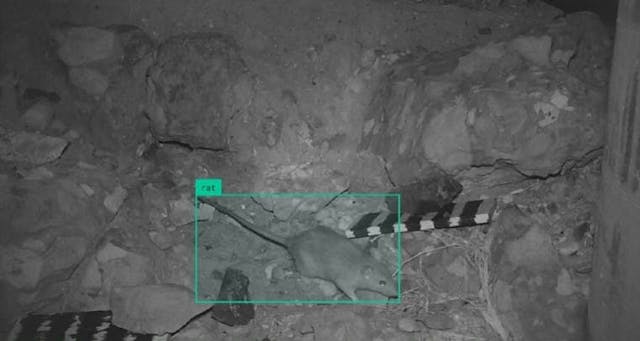AI's Breakthrough Role in Combating Invasive Species (2025 Insights)
Discover how AI is revolutionizing the fight against invasive species, offering predictive models and real-time monitoring to protect ecosystems.

AI and Invasive Species: A Growing Role in Conservation
In recent years, artificial intelligence (AI) has emerged as a crucial tool in the fight against invasive species, which pose significant threats to ecosystems worldwide. Invasive species can outcompete native vegetation, alter habitats, and disrupt entire ecosystems, leading to biodiversity loss and economic impacts. AI is being harnessed to predict and prevent the introduction of these species, monitor their spread, and manage their populations more effectively.
Background
The term "invasive species" refers to non-native species that have been introduced to an ecosystem, often through human activity, and cause harm to the environment, economy, or human health. Traditional methods of managing invasive species involve manual identification and removal, which can be time-consuming and costly. AI offers a more efficient and proactive approach by leveraging machine learning algorithms to analyze ecological data and predict which species are likely to become invasive.
AI-Powered Solutions
Predictive Models for Invasive Species
Researchers have developed AI-based frameworks that combine decades of ecological data with machine learning methods to assess the invasiveness of plant species before they are introduced to new areas. These models analyze patterns from previous introductions, biological characteristics of the plants, and habitat preferences to identify high-risk species. This proactive approach can help prevent the widespread introduction of invasive species by identifying potential threats before they take root.
Real-Time Monitoring with Camera Traps
Conservation X Labs has developed AI-powered camera traps that enable real-time monitoring of wildlife, including invasive species. These devices are being used in various locations, such as New Zealand, to detect and monitor invasive possums and track the impact of eradication efforts on native species. The technology has reduced the cost of detecting and managing invasive species, though challenges remain, such as limited data availability for certain species.
Remote Sensing and Biodiversity Monitoring
AI-driven ecological surveys are transforming biodiversity monitoring by analyzing vast amounts of data from satellite imagery, drones, and IoT devices. This approach allows for precise monitoring of up to 10,000 plant species per hectare, enhancing sustainable agriculture and forestry practices. AI-powered tools can identify risks to ecosystems, such as the spread of invasive plants, enabling proactive responses to potential crises.
Industry Impact and Challenges
Conservation and Management
The integration of AI into conservation efforts is revolutionizing how we monitor and manage ecosystems. AI tools can map ecological features, detect early-stage wildfires, and monitor wildlife populations, providing critical insights for land management decisions. However, challenges persist, including the need for more data on certain species and issues with remote communication in some deployment areas.
Economic and Environmental Implications
The economic and environmental impacts of invasive species are significant, with costs running into billions of dollars annually. AI-powered solutions can help mitigate these costs by identifying and managing invasive species more efficiently. While AI offers promising solutions, it also raises questions about data privacy and the ethical use of technology in conservation.
Future Directions
As AI technology continues to evolve, its role in managing invasive species is likely to expand. Future developments may include more sophisticated predictive models, improved real-time monitoring systems, and enhanced collaboration between researchers, policymakers, and conservationists. The goal is to create a comprehensive framework that integrates AI with traditional conservation methods to protect ecosystems effectively.
In conclusion, AI is playing an increasingly important role in the fight against invasive species. By leveraging predictive models, real-time monitoring, and biodiversity monitoring, AI can help prevent the introduction of invasive species, reduce their impact, and enhance conservation efforts. As these technologies continue to evolve, they hold significant potential for safeguarding ecosystems and promoting sustainable environmental practices.



